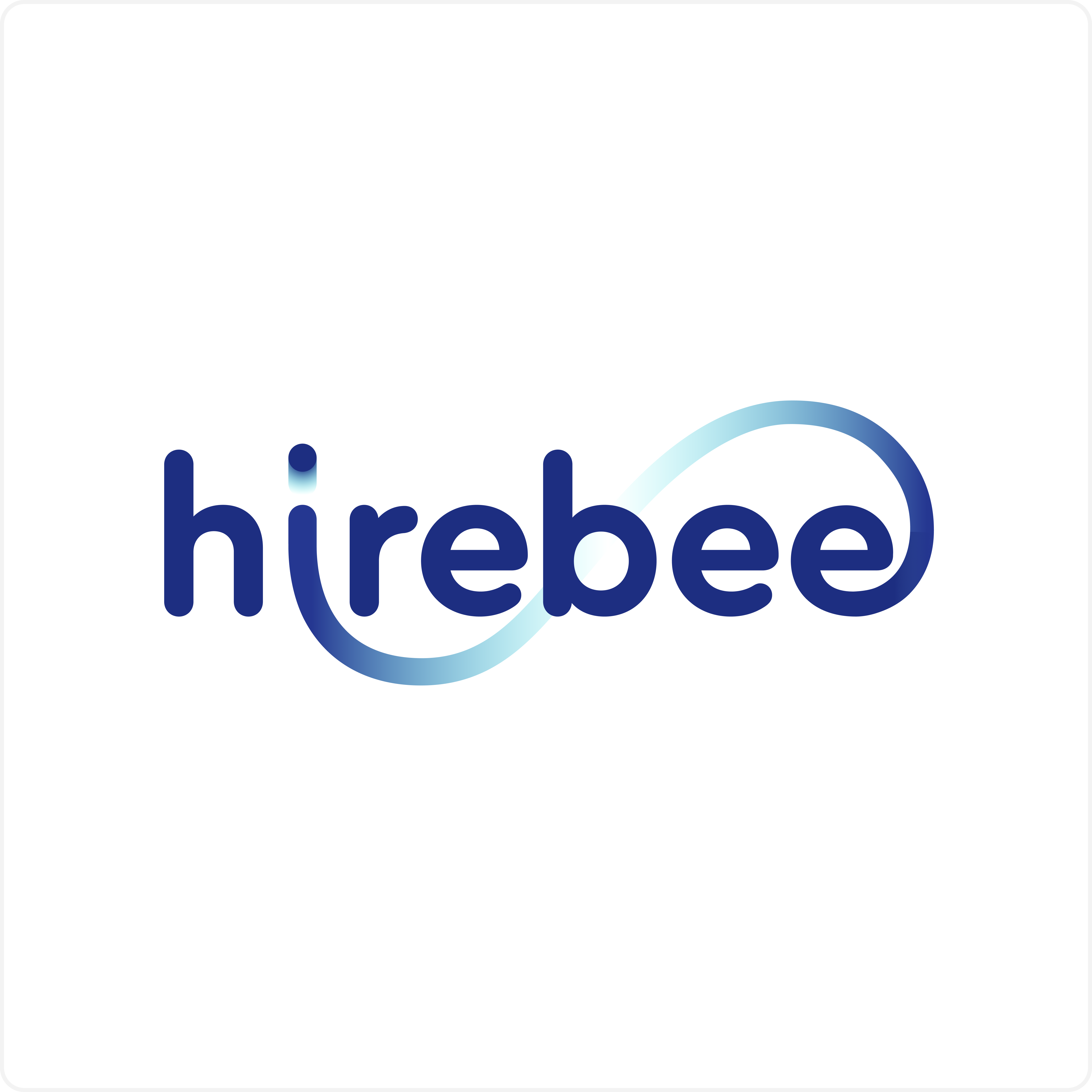Recruitment is a critical aspect of any organization, and it is essential to ensure that the recruitment process is efficient and effective. One way to achieve this is through workflow management. Workflow management can help streamline the recruitment process, making it more efficient and less time-consuming. It can also help improve recruitment metrics and key performance indicators (KPIs), which are essential for evaluating the effectiveness of recruitment.
Workflow management can help organizations identify bottlenecks in the recruitment process and optimize the process to reduce the time-to-hire and cost-per-hire. It can also help organizations improve the quality of hires by ensuring that the recruitment process is standardized and consistent across all departments.

In this article, we will explore how workflow management enhances recruitment metrics and KPIs. We will discuss the benefits of using workflow management in recruitment, the challenges of implementing workflow management, and how to overcome these challenges. We will also provide some tips on how to use workflow management effectively to improve recruitment metrics and KPIs.
Table of Contents
ToggleUnderstanding Recruitment Metrics and KPIs
Recruitment metrics and KPIs are essential tools that help organizations measure the effectiveness of their recruitment processes. These metrics provide valuable insights into the recruitment process, enabling organizations to identify areas that need improvement and make data-driven decisions.
Recruitment metrics are quantitative measures that help organizations track the progress of their recruitment process. These metrics include time-to-hire, cost-per-hire, applicant-to-hire ratio, and offer acceptance rate. Recruitment KPIs, on the other hand, are specific targets that organizations set for their recruitment process. These targets are based on the organization’s goals and objectives and are used to measure the success of the recruitment process.

Understanding recruitment metrics and KPIs is essential for organizations that want to improve their recruitment processes. By tracking these metrics, organizations can identify bottlenecks in their recruitment process and take corrective action. For example, if an organization’s time-to-hire metric is high, it may indicate that the recruitment process is too slow, and the organization needs to streamline the process to reduce the time-to-hire.
Workflow management enhances recruitment metrics and KPIs by providing a structured approach to the recruitment process. Workflow management tools enable organizations to automate their recruitment process, reducing the time and effort required to manage the process manually. By automating the recruitment process, organizations can reduce the risk of errors and ensure that the recruitment process is consistent and efficient.
In conclusion, understanding recruitment metrics and KPIs is essential for organizations that want to improve their recruitment processes. By tracking these metrics, organizations can identify areas that need improvement and take corrective action. Workflow management tools can enhance recruitment metrics and KPIs by providing a structured approach to the recruitment process, reducing the time and effort required to manage the process manually.
Workflow Management in Recruitment
Workflow management is the process of organizing and optimizing the recruitment process to ensure that it is efficient, effective, and consistent. Workflow management tools enable organizations to automate their recruitment process, reducing the time and effort required to manage the process manually. By automating the recruitment process, organizations can reduce the risk of errors and ensure that the recruitment process is consistent and efficient.

Workflow management in recruitment involves the use of software tools to streamline the recruitment process. These tools enable organizations to automate tasks such as job posting, resume screening, and interview scheduling. By automating these tasks, organizations can reduce the time and effort required to manage the recruitment process manually.
Workflow management tools also enable organizations to track the progress of their recruitment process. By tracking the progress of the recruitment process, organizations can identify bottlenecks and take corrective action. For example, if an organization’s time-to-hire metric is high, it may indicate that the recruitment process is too slow, and the organization needs to streamline the process to reduce the time-to-hire.
Workflow management enhances recruitment metrics and KPIs by providing a structured approach to the recruitment process. By automating the recruitment process, organizations can reduce the risk of errors and ensure that the recruitment process is consistent and efficient. This, in turn, can lead to improved recruitment metrics and KPIs, such as time-to-hire, cost-per-hire, applicant-to-hire ratio, and offer acceptance rate.
In conclusion, workflow management is an essential tool for organizations that want to improve their recruitment processes. By automating the recruitment process and tracking its progress, organizations can identify areas that need improvement and take corrective action. Workflow management tools can enhance recruitment metrics and KPIs by providing a structured approach to the recruitment process, reducing the time and effort required to manage the process manually.
The Link Between Workflow Management and Recruitment Metrics
Workflow management and recruitment metrics are closely linked. Workflow management tools enable organizations to automate their recruitment process, reducing the time and effort required to manage the process manually. By automating the recruitment process, organizations can reduce the risk of errors and ensure that the recruitment process is consistent and efficient.

Recruitment metrics are essential tools that help organizations measure the effectiveness of their recruitment processes. These metrics provide valuable insights into the recruitment process, enabling organizations to identify areas that need improvement and make data-driven decisions. Recruitment metrics include time-to-hire, cost-per-hire, applicant-to-hire ratio, and offer acceptance rate.
Workflow management enhances recruitment metrics and KPIs by providing a structured approach to the recruitment process. By automating the recruitment process, organizations can reduce the risk of errors and ensure that the recruitment process is consistent and efficient. This, in turn, can lead to improved recruitment metrics and KPIs, such as time-to-hire, cost-per-hire, applicant-to-hire ratio, and offer acceptance rate.
Workflow management tools also enable organizations to track the progress of their recruitment process. By tracking the progress of the recruitment process, organizations can identify bottlenecks and take corrective action. For example, if an organization’s time-to-hire metric is high, it may indicate that the recruitment process is too slow, and the organization needs to streamline the process to reduce the time-to-hire.
In conclusion, workflow management is an essential tool for organizations that want to improve their recruitment processes. By automating the recruitment process and tracking its progress, organizations can identify areas that need improvement and take corrective action. Workflow management tools can enhance recruitment metrics and KPIs by providing a structured approach to the recruitment process, reducing the time and effort required to manage the process manually. By doing so, organizations can improve their recruitment metrics and KPIs, leading to better hiring outcomes.
Tracking and Reporting: Best Practices
Tracking and reporting are essential components of any recruitment process. By tracking the progress of the recruitment process, organizations can identify bottlenecks and take corrective action. Reporting provides valuable insights into the recruitment process, enabling organizations to identify areas that need improvement and make data-driven decisions.
Best practices for tracking and reporting in recruitment include setting clear goals and objectives, using data-driven insights to measure progress, and using visual aids to communicate results. Organizations should also ensure that their tracking and reporting processes are consistent and standardized across the organization.
Setting clear goals and objectives is essential for effective tracking and reporting. Organizations should identify the key metrics and KPIs that they want to track and set specific targets for each metric. This will enable organizations to measure progress and identify areas that need improvement.
Using data-driven insights to measure progress is another best practice for tracking and reporting in recruitment. Organizations should use recruitment metrics and KPIs to track the progress of their recruitment process. These metrics provide valuable insights into the recruitment process, enabling organizations to identify areas that need improvement and make data-driven decisions.
Visual aids such as charts, graphs, and dashboards can be used to communicate results effectively. These visual aids enable organizations to present complex data in a clear and concise manner, making it easier to understand and interpret.
Consistency and standardization are also essential for effective tracking and reporting in recruitment. Organizations should ensure that their tracking and reporting processes are consistent and standardized across the organization. This will enable organizations to compare results across different departments and locations and identify areas that need improvement.
In conclusion, tracking and reporting are essential components of any recruitment process. Best practices for tracking and reporting in recruitment include setting clear goals and objectives, using data-driven insights to measure progress, and using visual aids to communicate results. Organizations should also ensure that their tracking and reporting processes are consistent and standardized across the organization.
Conclusion
Workflow management is an essential tool for organizations that want to improve their recruitment processes. By automating the recruitment process and tracking its progress, organizations can identify areas that need improvement and take corrective action. Workflow management tools can enhance recruitment metrics and KPIs by providing a structured approach to the recruitment process, reducing the time and effort required to manage the process manually. By doing so, organizations can improve their recruitment metrics and KPIs, leading to better hiring outcomes.
Tracking and reporting are essential components of any recruitment process. Best practices for tracking and reporting in recruitment include setting clear goals and objectives, using data-driven insights to measure progress, and using visual aids to communicate results. Organizations should also ensure that their tracking and reporting processes are consistent and standardized across the organization.
In conclusion, workflow management and recruitment metrics are closely linked. Workflow management tools enable organizations to automate their recruitment process, reducing the time and effort required to manage the process manually. By automating the recruitment process, organizations can reduce the risk of errors and ensure that the recruitment process is consistent and efficient. This, in turn, can lead to improved recruitment metrics and KPIs, such as time-to-hire, cost-per-hire, applicant-to-hire ratio, and offer acceptance rate. By tracking these metrics, organizations can identify areas that need improvement and take corrective action. By following best practices for tracking and reporting, organizations can ensure that their recruitment process is efficient, effective, and consistent.
FAQs
What is workflow management in recruitment?
Workflow management in recruitment is the process of organizing and optimizing the recruitment process to ensure that it is efficient, effective, and consistent. Workflow management tools enable organizations to automate their recruitment process, reducing the time and effort required to manage the process manually.
What are recruitment metrics and KPIs?
Recruitment metrics and KPIs are essential tools that help organizations measure the effectiveness of their recruitment processes. These metrics provide valuable insights into the recruitment process, enabling organizations to identify areas that need improvement and make data-driven decisions. Recruitment metrics include time-to-hire, cost-per-hire, applicant-to-hire ratio, and offer acceptance rate.
How does workflow management enhance recruitment metrics and KPIs?
Workflow management enhances recruitment metrics and KPIs by providing a structured approach to the recruitment process. By automating the recruitment process, organizations can reduce the risk of errors and ensure that the recruitment process is consistent and efficient. This, in turn, can lead to improved recruitment metrics and KPIs, such as time-to-hire, cost-per-hire, applicant-to-hire ratio, and offer acceptance rate.
What are the best practices for tracking and reporting recruitment metrics and KPIs?
Best practices for tracking and reporting in recruitment include setting clear goals and objectives, using data-driven insights to measure progress, and using visual aids to communicate results. Organizations should also ensure that their tracking and reporting processes are consistent and standardized across the organization.
How can organizations improve their recruitment processes?
Organizations can improve their recruitment processes by understanding recruitment metrics and KPIs, tracking the progress of their recruitment process, and using workflow management tools to automate and streamline the recruitment process. By doing so, organizations can identify areas that need improvement and take corrective action, leading to better hiring outcomes.









